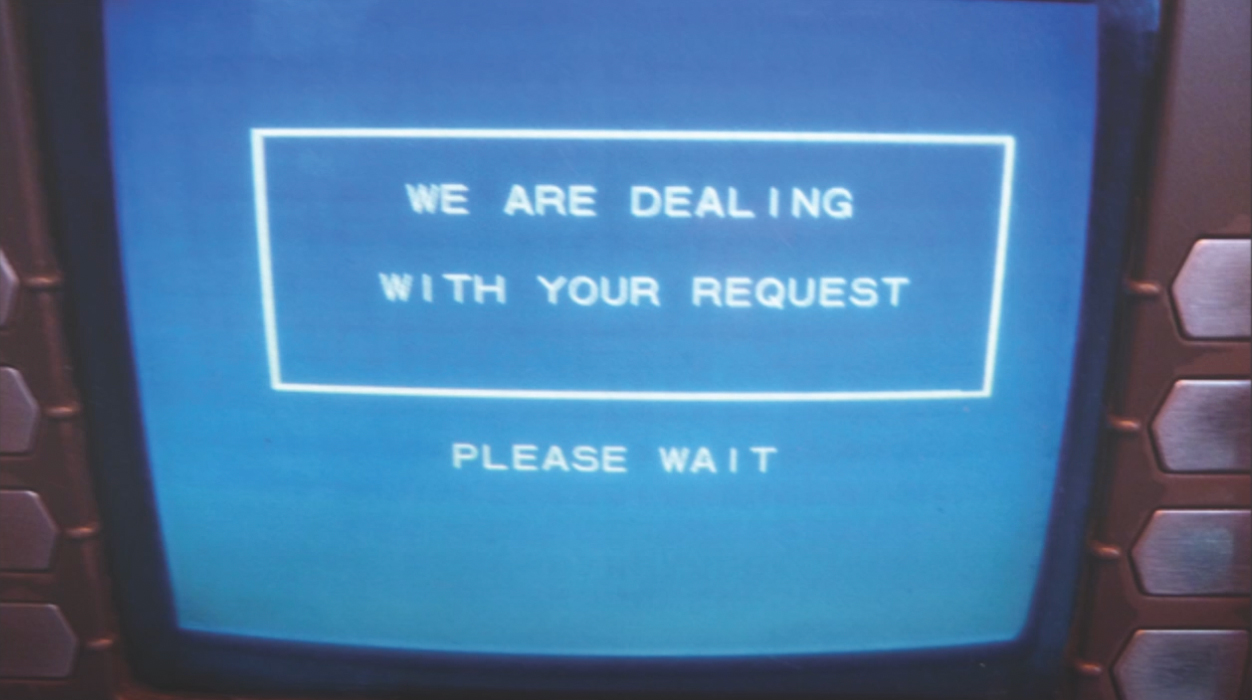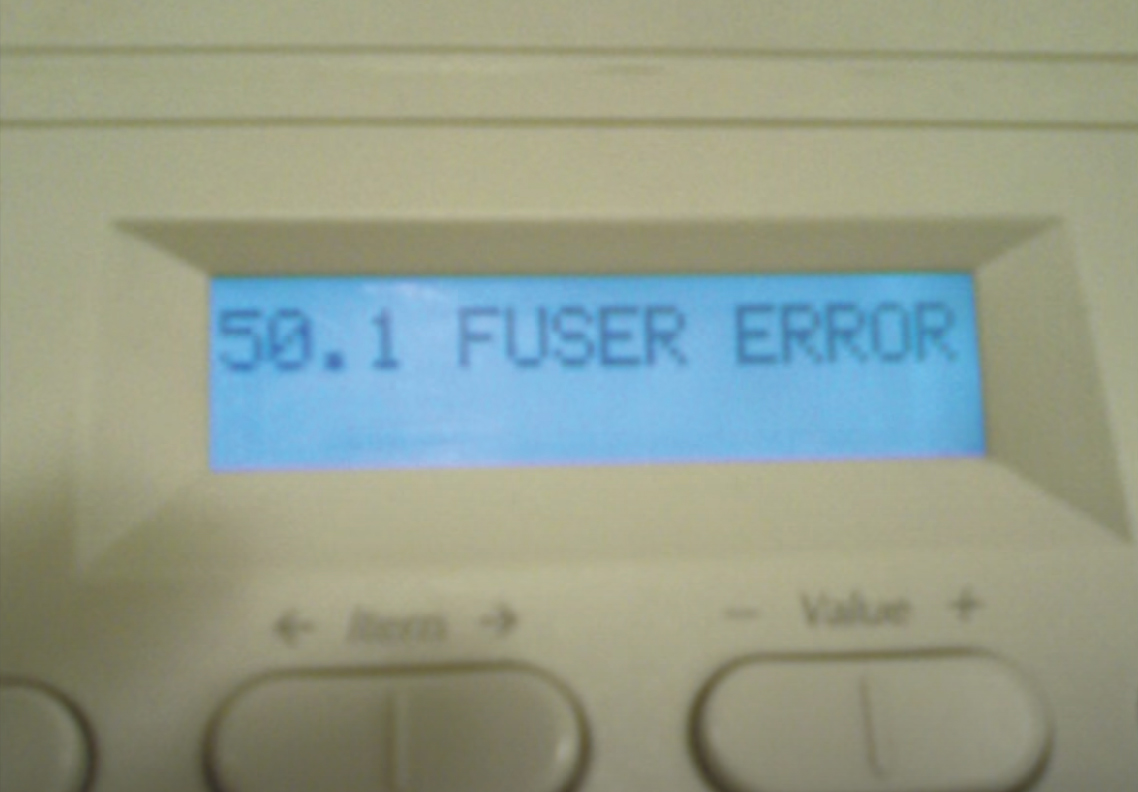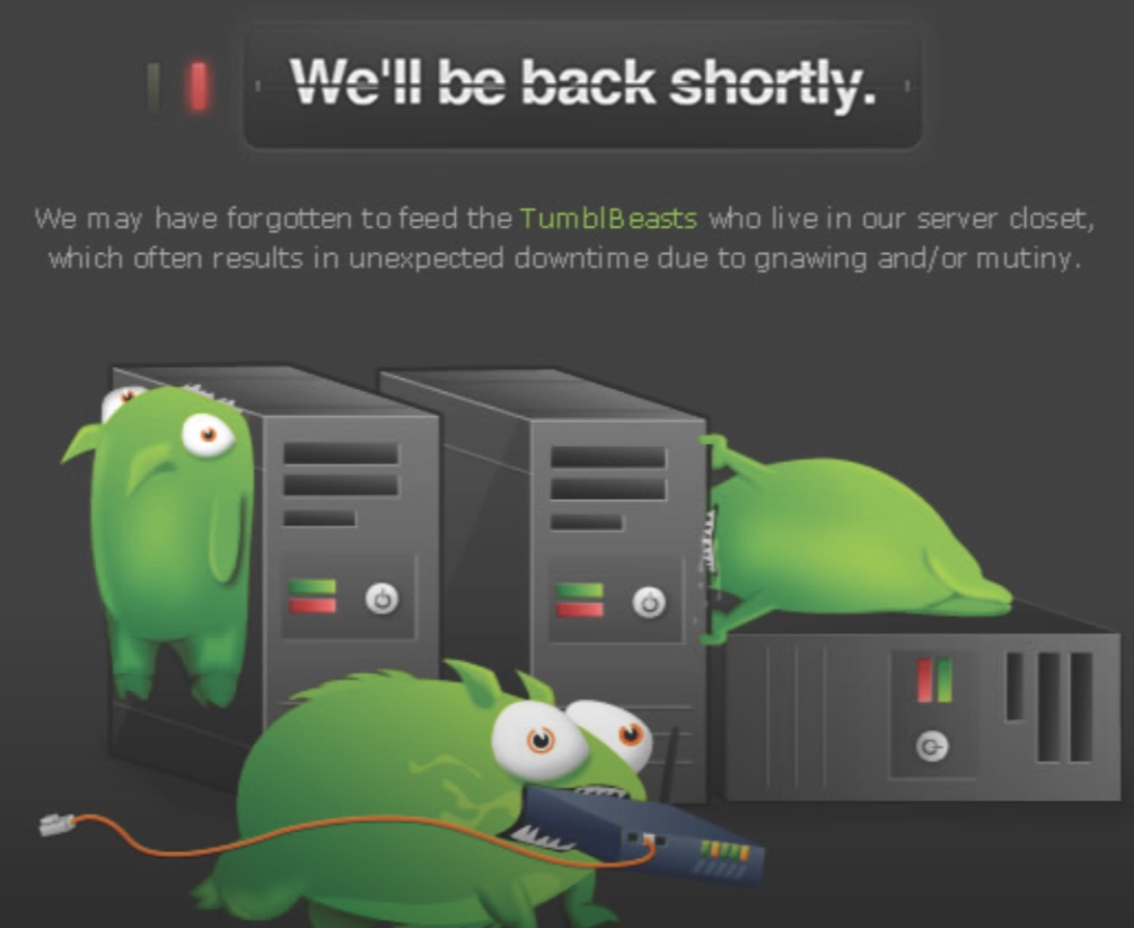Note from Jeannie: Back in 2012, I recorded a talk for TEDx around what I then referred to as “micro-interactions.” In the years since, I’ve placed these at the core of the mission of Experience Investigators, and coined the term micromoments to better describe them.
I’ve adapted the talk for you into the article that follows. If you’d like to watch the full video, I’ve embedded it at the bottom of the article. Here’s a link to save you from having to scroll.
All day long we’re interacting — with each other, with technology, with devices — and those small moments of interaction actually affect the rest of our day. They affect how we perceive people, brands, products and experiences.
What happens if you don’t pay attention to the details of the experiences customers are having with your brand?
It’s not something that’s likely to ruin somebody’s day, but it can be enough to make somebody — your customer, lead, or otherwise — lose faith in your brand.

What would you think if you read this sign while picking up your kids from school?
“Leteracy Night” doesn’t necessarily mean your kids aren’t getting a good education. It won’t necessarily ruin your day.
But it does mean that somebody didn’t take the time to care enough about the details of spelling literacy correctly, which can make you wonder… what else is this school overlooking? And trust is eroded.
There are other, more subtle examples of this as well.
When I moved back to Chicago in the late 90s, I went to get some money from an ATM. I put my card in, and as it was working on my transaction this is what it said to me:
“WE ARE DEALING WITH YOUR REQUEST”

And I was dealing with a negative micromoment.
I have no doubt that this was written with the intention of being direct and descriptive; that somebody wanted this to be perceived as “I’m working on it.”
But when you combine the language — “dealing with” — and the all-caps type that makes it seem like it’s yelling, the effect isn’t necessarily positive.
You may think: These are so tiny and insignificant! And I’d agree with you on the first point but not the second.
Humans are emotional creatures, and the moment they’re having with your ATM or the person in your call center or your website is one of hundreds of moments that have made up their day.
The tiny moments are often the most significant.
Have you ever had one of those days that starts out pretty poorly and just keeps getting worse? By the end of the day when you come home, you can recount to your spouse or your friend an inventory of micromoments — little things that accumulated to ruin your day, or at least make it more difficult.
When I’m working with companies to build customer journey maps , I like to ask teams to imagine their customer going through each step of the journey during their worst day. Sure, anyone can have a good experience when everything else is going right — but what about when they’re feeling distracted, overwhelmed, or frustrated?
When a customer is going into an interaction with all the negative momentum of the day that they might be carrying — how can you design your experience — if not to counteract it — at least not to carry on that negative tone?
Let’s look at another example. Let’s say you go to make some copies for an important meeting and you get this error message:
“FUSER ERROR”

I’m not sure what a fuser is but I know what F user means.
If we don’t think about these micromoments as emotional connections, these are the types of things that can happen.
Here’s another example of a not so great error message:

This is one of my favorites because there is a sweet spot in there but it’s up to you to figure it out.
It’s all too common to see technology acknowledge there’s a problem, but without helping the user figure out how to fix the problem.
Not long ago, I tried to sign up for a brand’s mailing list. But when I filled out the form, I got this message:
“There was an error. Please try again.”
What was the error? Well, they left it to me to figure out. And after a few minutes of trying to edit different fields, I gave up.
The result for me: I walked away feeling a little frustrated, my day chipped away at a little bit more.
The result for them: They missed out on what would’ve been a really warm lead. I was literally asking them to send me their marketing materials. I could’ve become a customer and even an advocate. But they were never even aware that an opportunity was missed.
How many opportunities is your organization missing without even realizing it — not just through technology, but all the ways customers (and potential customers) interact with your brand?
Let’s look at a better example.
If you’ve ever tried to access a webpage that doesn’t exist, you’ve landed on a 404 page. A 404 error code basically says that the page you’re trying to access doesn’t exist.
And if you’ve landed on a 404, it’s not a great feeling, right? You’re looking for something, you’ve hit a dead-end, and that’s frustrating. Now it’s easy to think that the solution is to make sure nobody ever gets a 404 error from your site. But no matter how well-designed a site is, 404 errors will happen.
A better solution is to make the 404 page helpful, with a search bar or links to pages people most commonly look for. You could even make it a little bit fun to help lighten up the moment:

Poor Bigfoot. If nobody believes in him, how can he believe in himself?
I don’t know why Bigfoot crying makes me feel better, but it does. I can get on with my day, and I’m not gonna hate this brand who did this to me.
Things are going to happen. We’re going to have mistakes. So why not embrace the fact that we’re all in this together and you don’t have to ruin somebody’s day?

Tumblr let people know about service interruptions with their much-memed TumblBeasts.
These are the beasts that live in the server room at Tumblr. In 2011, Tumblr began displaying messages like this one with their servers went down. It went on to become a meme and elevated their brand.
Tumblr took a problem — server downtime — and turned it into a major positive.
Where are there opportunities for you to do the same?
At Experience Investigators, our logo is a variation of a paper crane, and I’m often asked what the inspiration was for that.
I was inspired by a man in Maryland who has a knack for making paper cranes. He’ll make them spontaneously out of whatever’s around and he gives them to people just to brighten their days.

A paper crane the Maryland man gave to his barista, saying “she always does a good job for me so I decided to recognize her with a paper crane.”
What I love about this is it’s a really small moment that makes a big difference.
Every micromoment is a chance to make someone’s day a little brighter.
Thank you for being on this mission with me to create fewer ruined days for customers. Keep sweating the small stuff.
Watch the full TEDx talk with additional examples:
 Jeannie is an award-winning customer experience expert, international keynote speaker, and sought-after business coach who is trailblazing the movement from “Reactive Customer Service” to “Proactive Customer and Employee Experience.” More than 500,000 people have learned from her CX courses on LinkedIn Learning, and her insights have been featured in Forbes, The Chicago Tribune, The Wall Street Journal and NPR.
Get Jeannie’s insights in your inbox each week by subscribing to The Weekly Win and follow her on LinkedIn, Instagram and YouTube.
Jeannie is an award-winning customer experience expert, international keynote speaker, and sought-after business coach who is trailblazing the movement from “Reactive Customer Service” to “Proactive Customer and Employee Experience.” More than 500,000 people have learned from her CX courses on LinkedIn Learning, and her insights have been featured in Forbes, The Chicago Tribune, The Wall Street Journal and NPR.
Get Jeannie’s insights in your inbox each week by subscribing to The Weekly Win and follow her on LinkedIn, Instagram and YouTube.